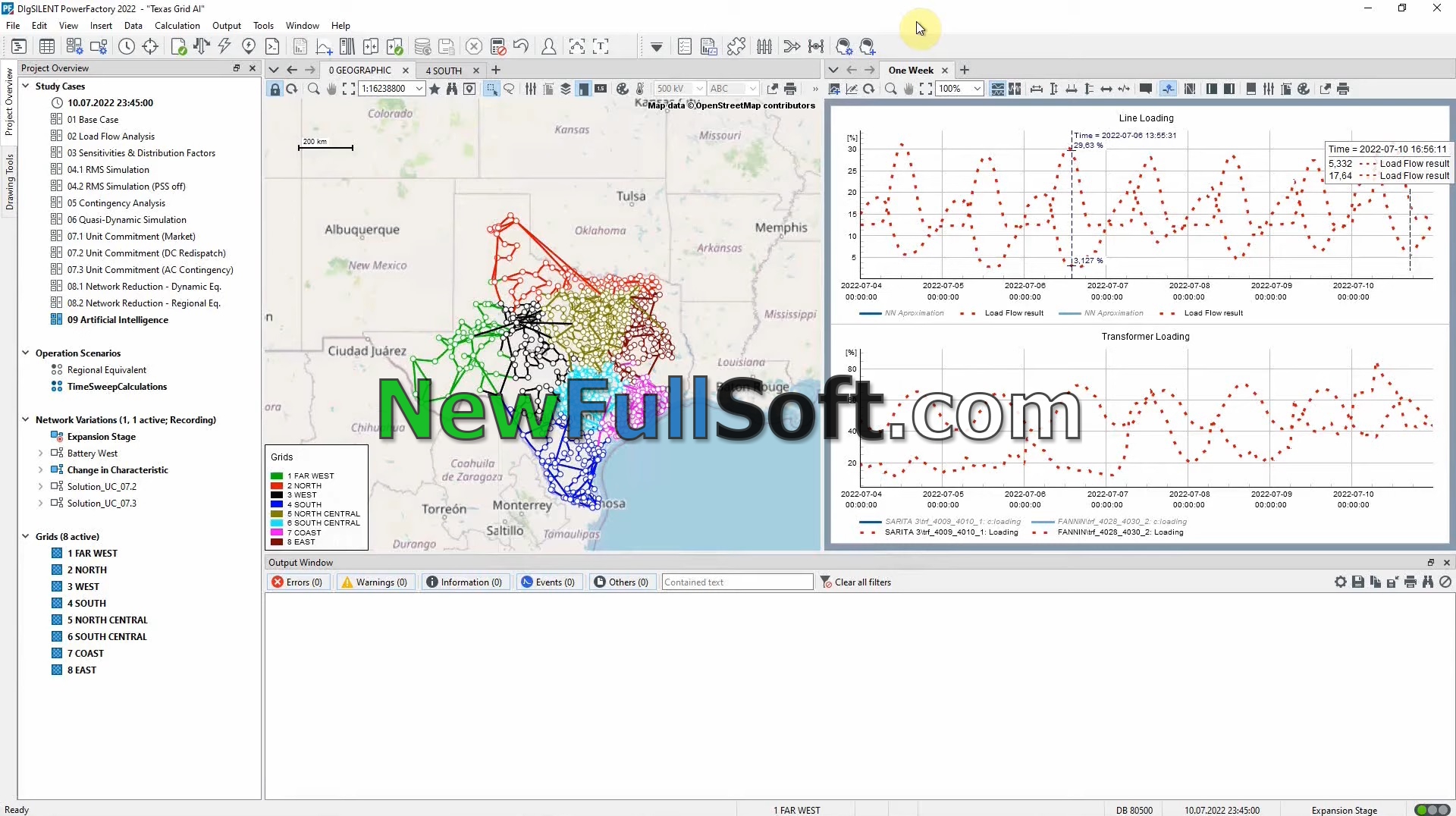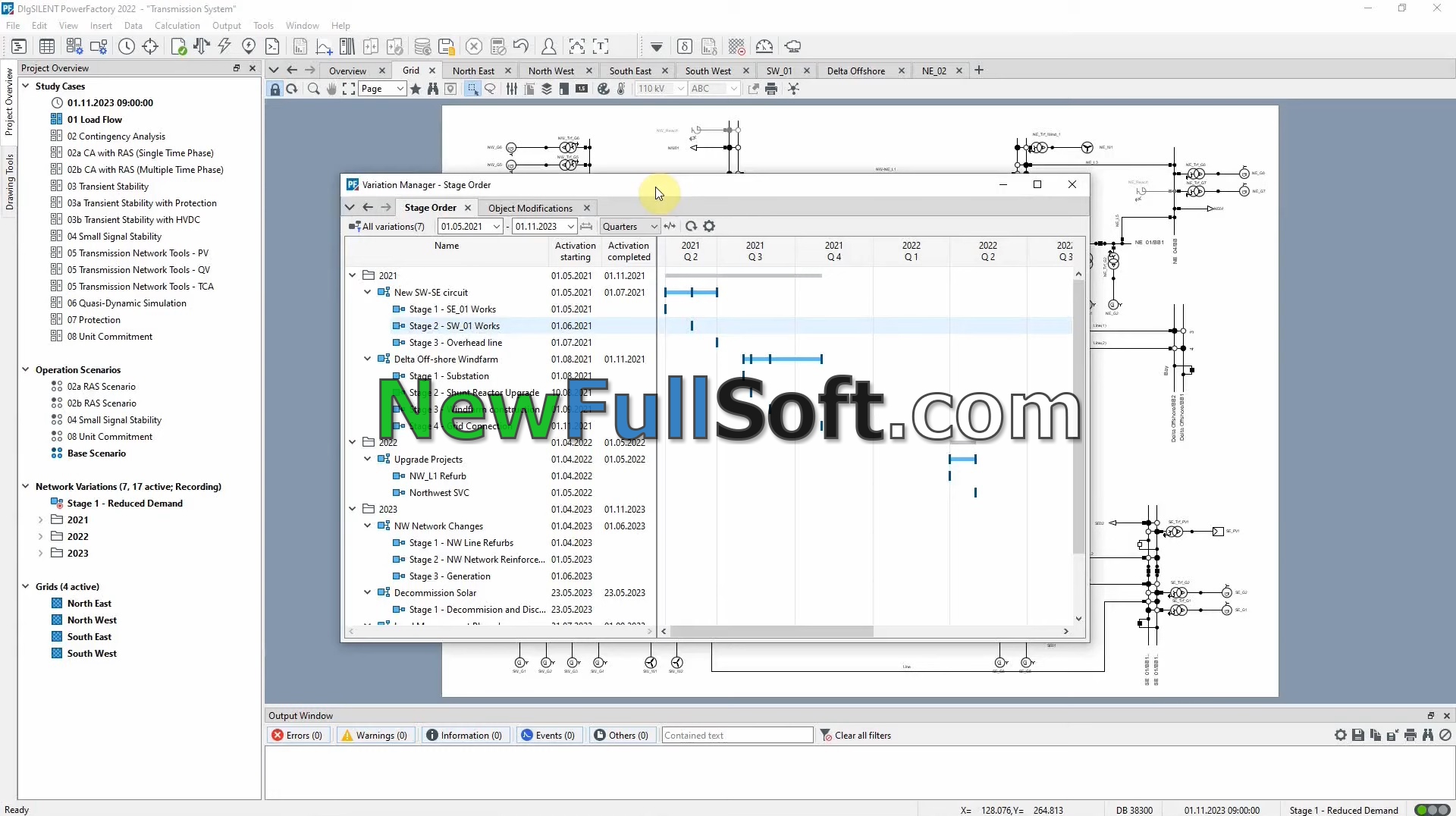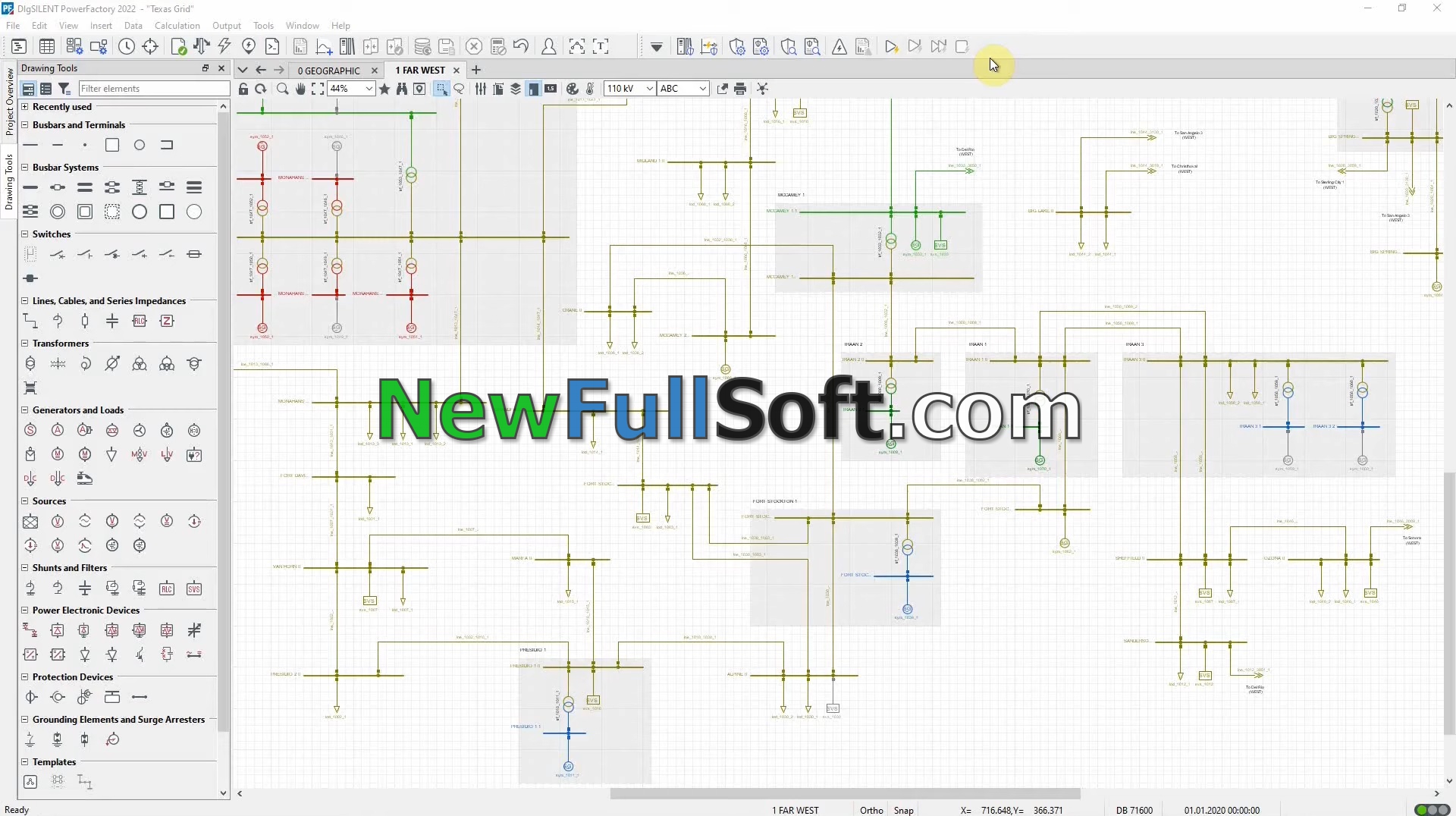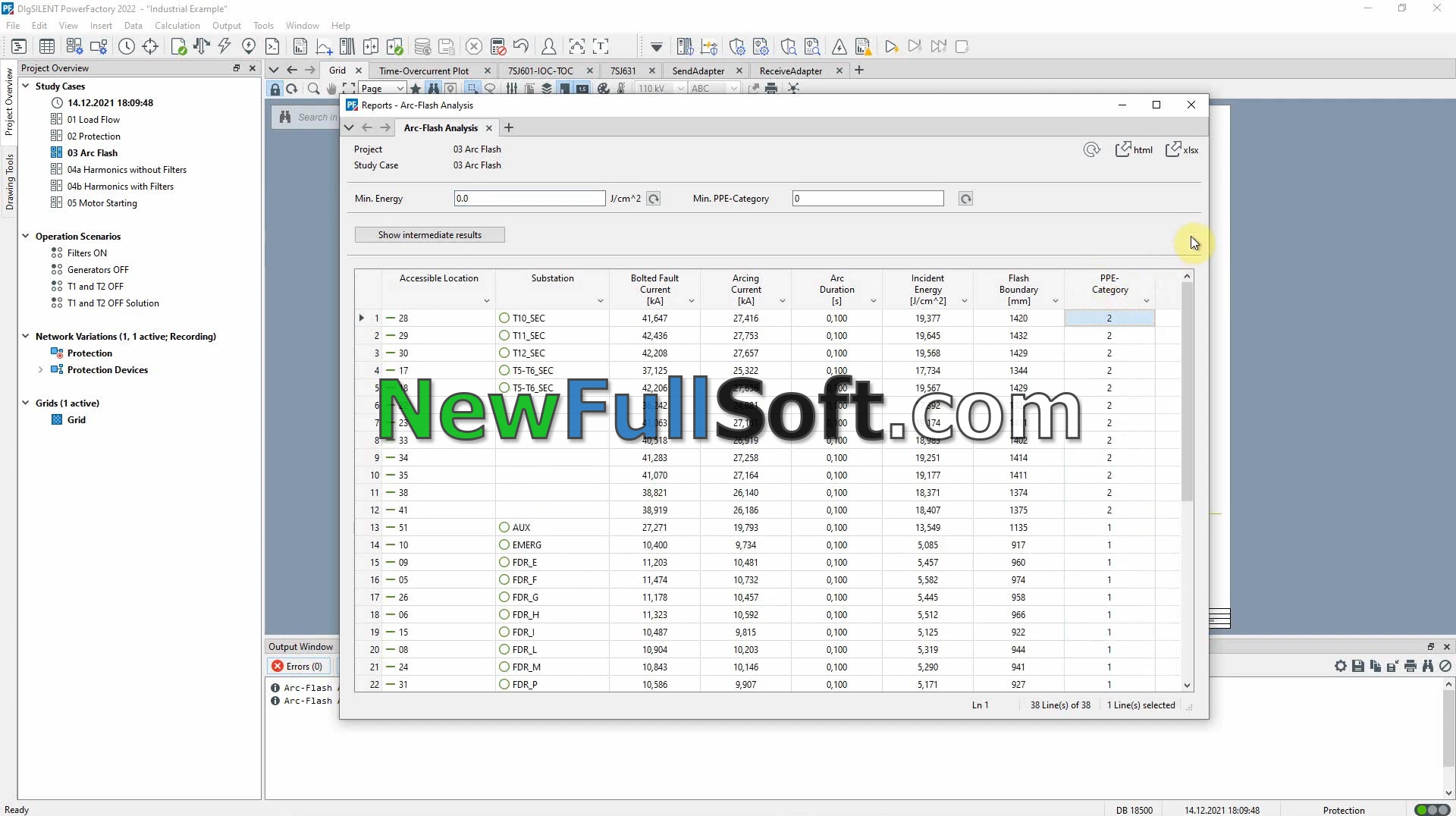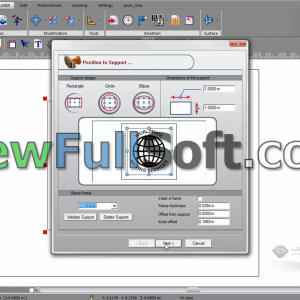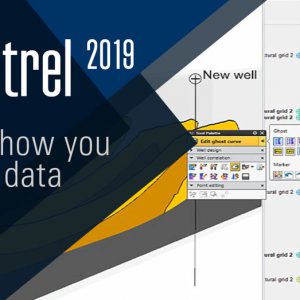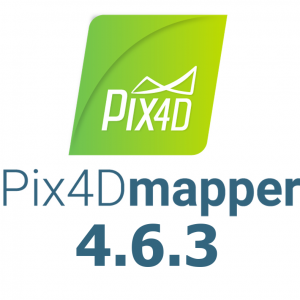Offer Discount
$400.00 $200.00
PowerFactory is a leading power system analysis software application for use in analysing generation, transmission, distribution and industrial systems. It covers the full range of functionality from standard features to highly sophisticated and advanced applications including windpower, distributed generation, real-time simulation and performance monitoring for system testing and supervision. PowerFactory is easy to use, fully Windows compatible and combines reliable and flexible system modelling capabilities with state-of-the-art algorithms and a unique database concept. Also, with its flexibility for scripting and interfacing, PowerFactory is perfectly suited to highly automated and integrated solutions in your business applications.
It covers the full range of functionality from standard features to highly sophisticated and advanced applications including windpower, distributed generation, real-time simulation and performance monitoring for system testing and supervision. PowerFactory is easy to use, fully Windows compatible and combines reliable and flexible system modelling capabilities with state-of-the-art algorithms and a unique database concept. Also, with its flexibility for scripting and interfacing, PowerFactory is perfectly suited to highly automated and integrated solutions in your business applications.
The transmission grid is currently undergoing a major change to reliably accommodate increasing amounts of nondispatchable resources. PowerFactory offers a complete suite of functions for studying large interconnected power systems and addressing new challenges and emerging needs.
Different phasing technologies, such as single-wire earth return, twophase, bi-phase or classical three-phase systems, have created a need for multi-phase distribution power system modelling. PowerFactory provides comprehensive modelling features for studying all kinds of electrical networks.
Description
The significant developments in PowerFactory 2022 include:
- Updated graphic colouring schemes, featuring colour palettes and flexible options for customising plots and diagrams
- Generic Co-Simulation with other simulation tools, based on the widely used FMI (Functional Mock-Up Interface) standard
- Initial developments for supporting Modelica as a modelling language for discrete-time models
- A new Artificial Intelligence module, for fast Quasi-Dynamic Simulations using pre-trained neural networks
- A new Optimal Recloser Placement function within the Reliability Analysis Functions module
- Revision of the Protection Coordination Assistant, now supporting both distance and overcurrent protection
- Further developments to the Variation Manager, with new views that allow comparison and modifications on an object and attribute basis
- Many new and improved Power Equipment Models for even more detailed and sophisticated studies
- Support of PostgreSQL for multi-user databases



